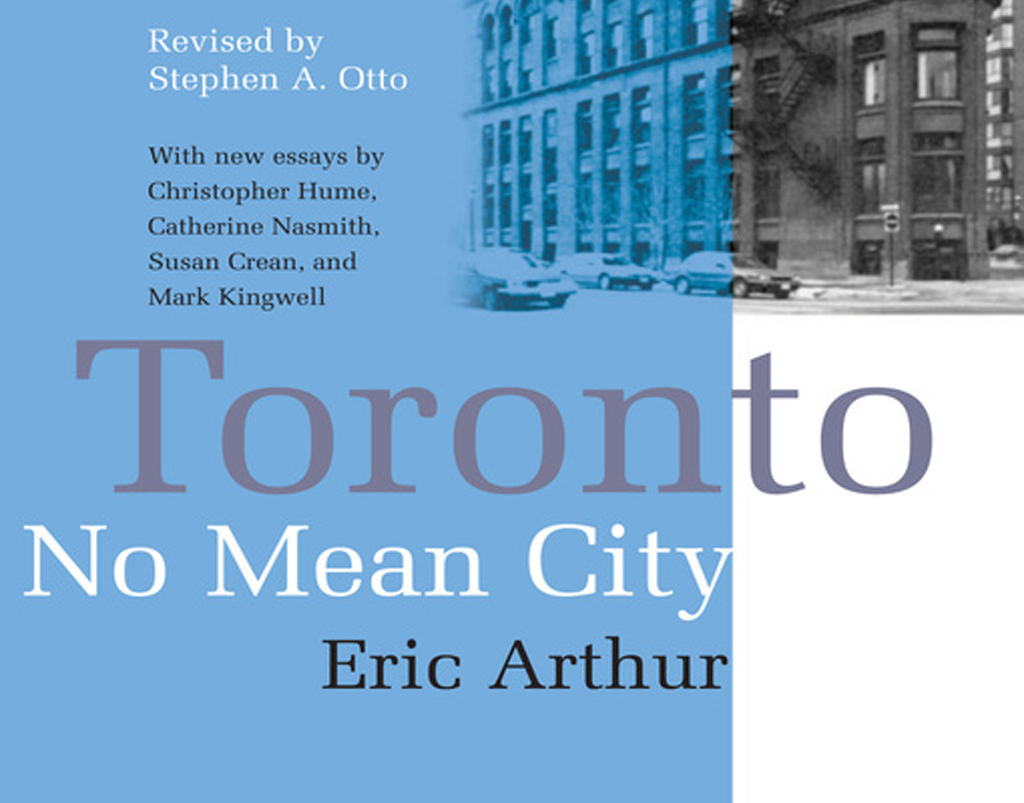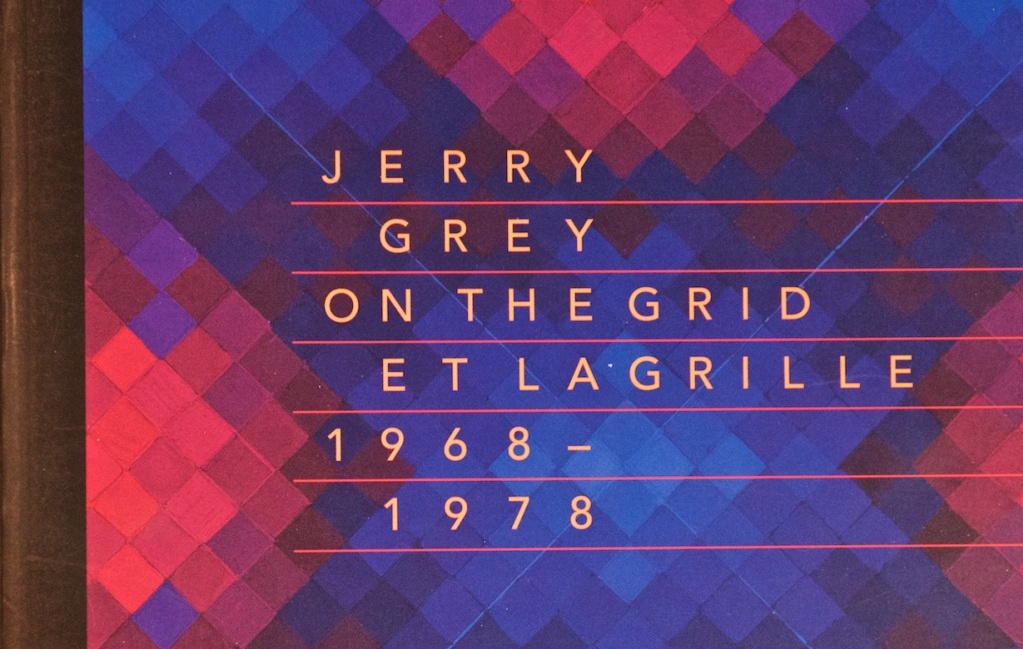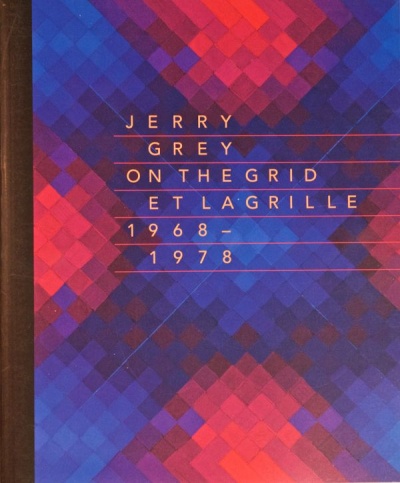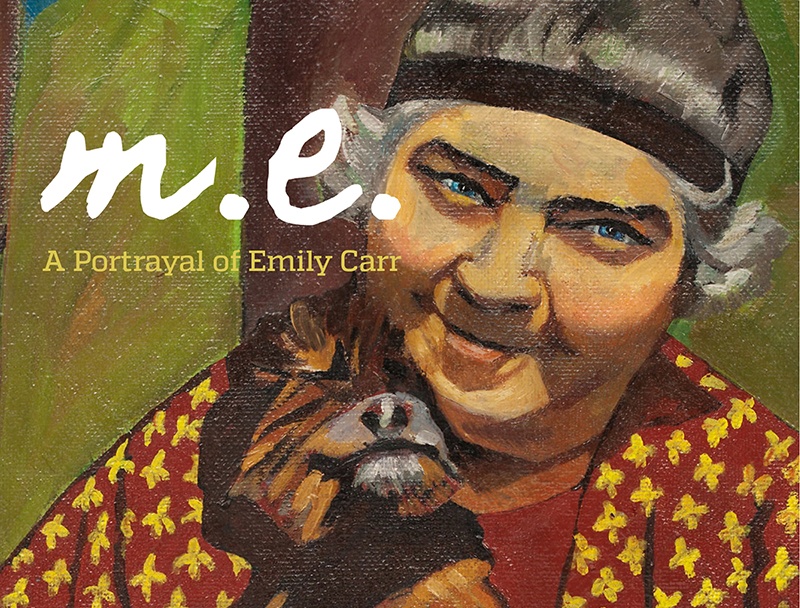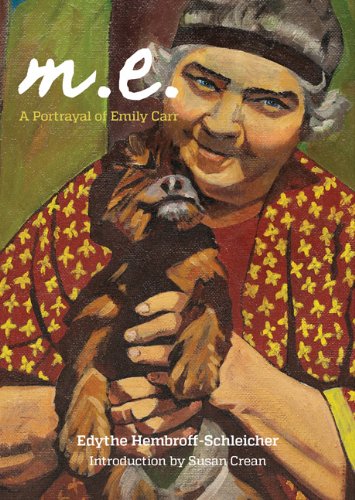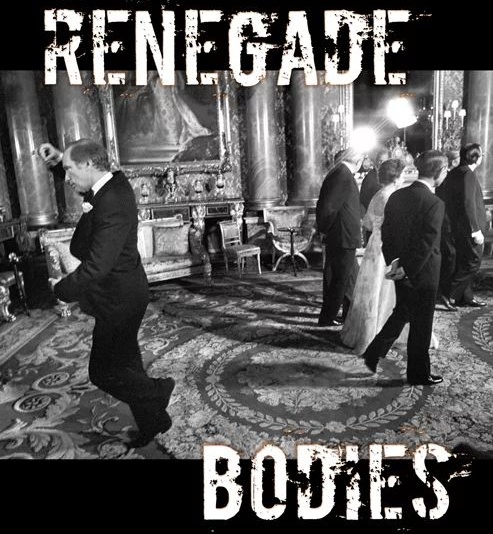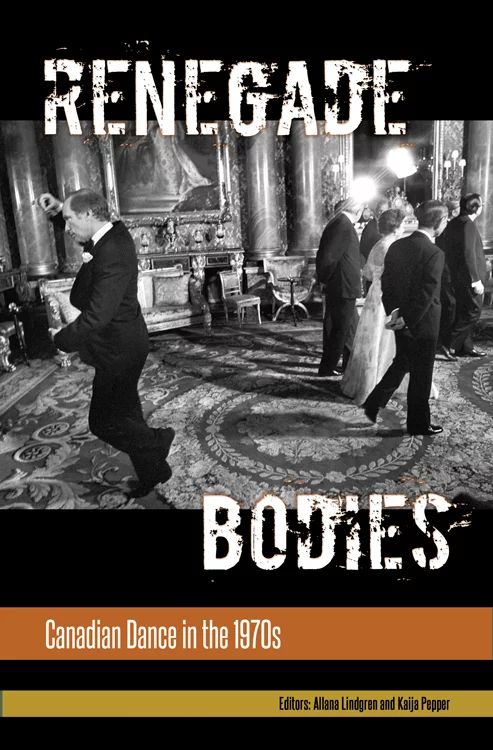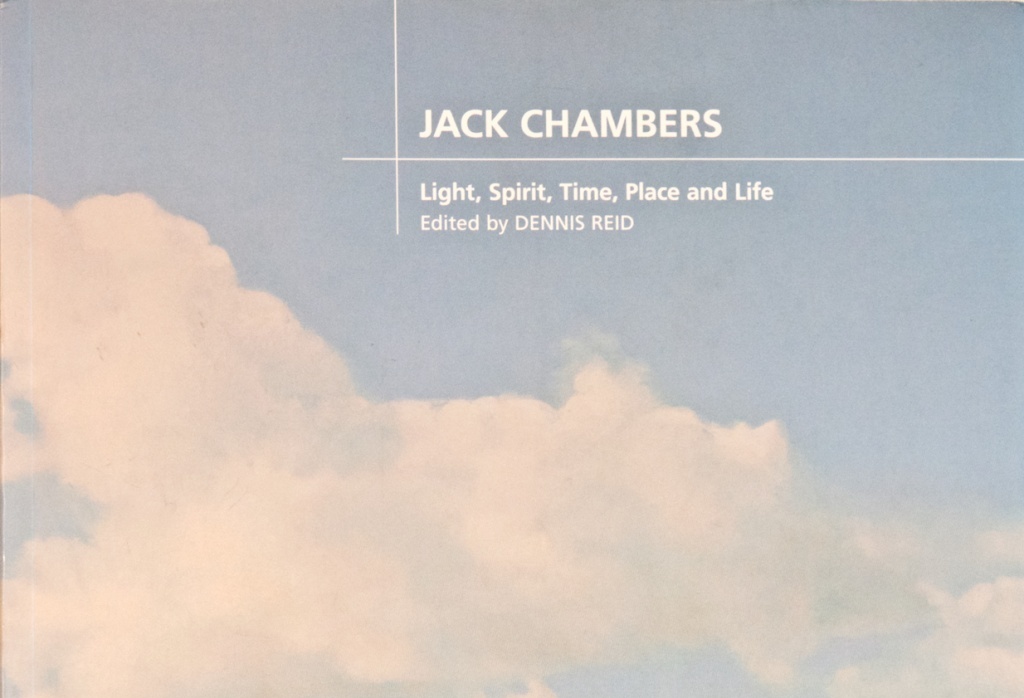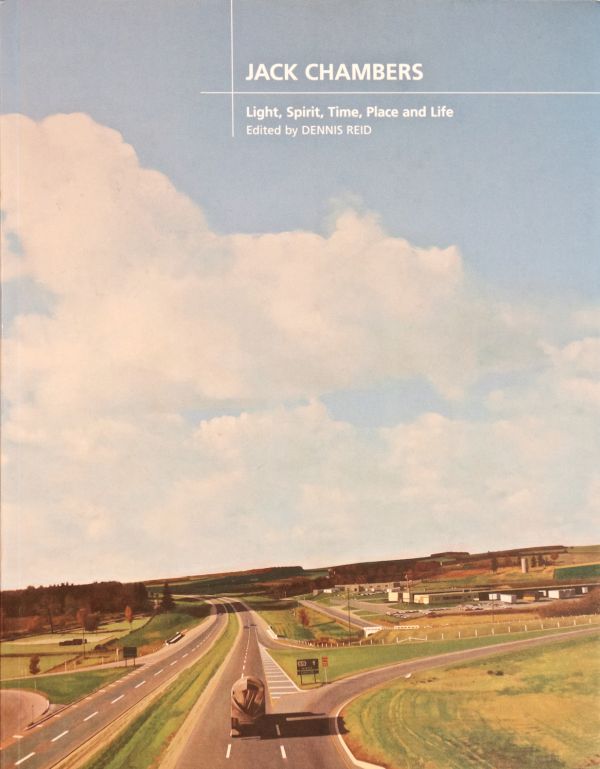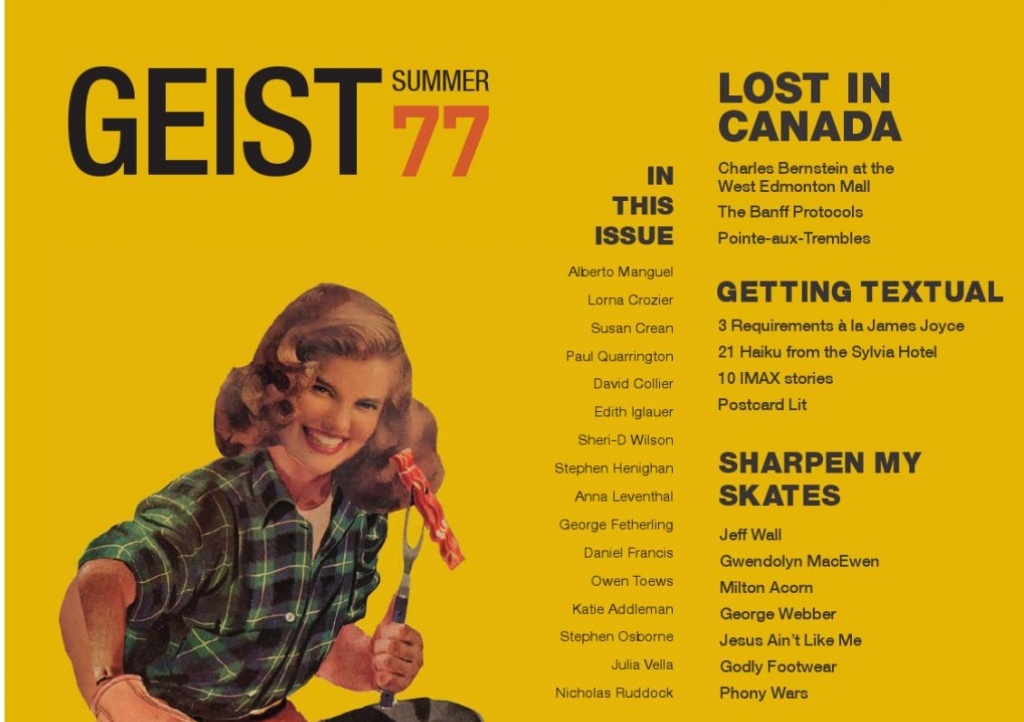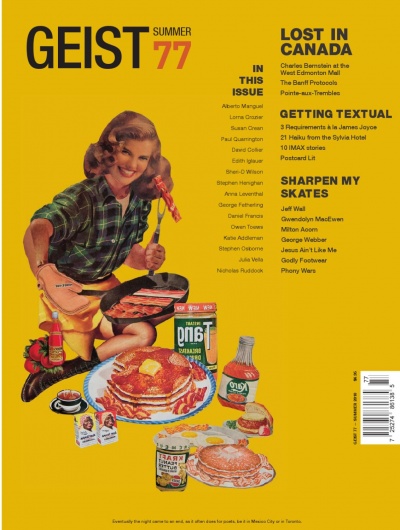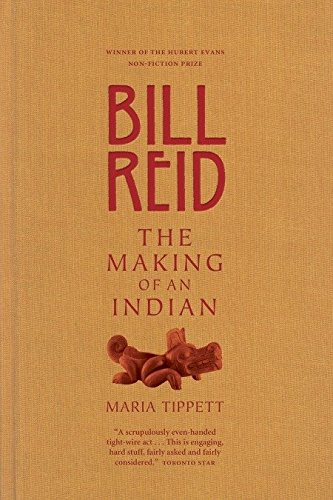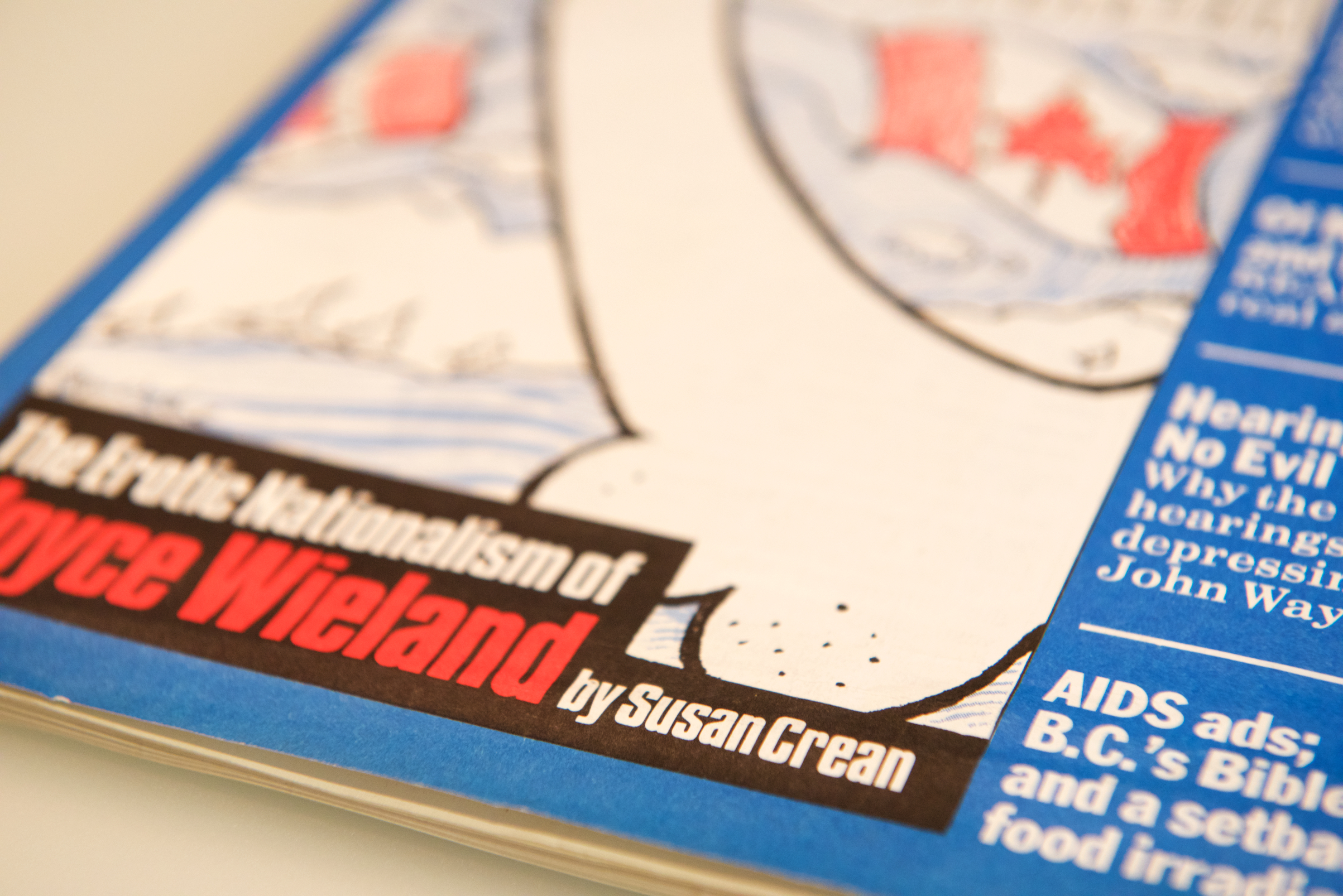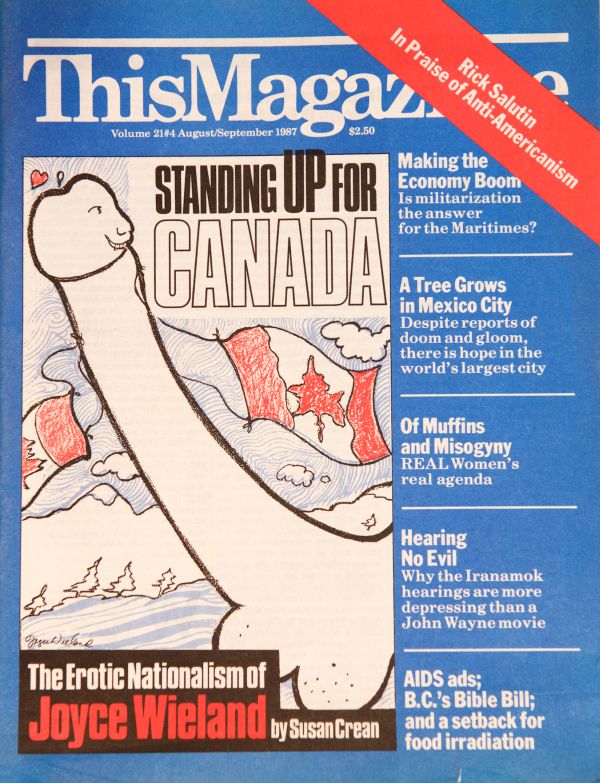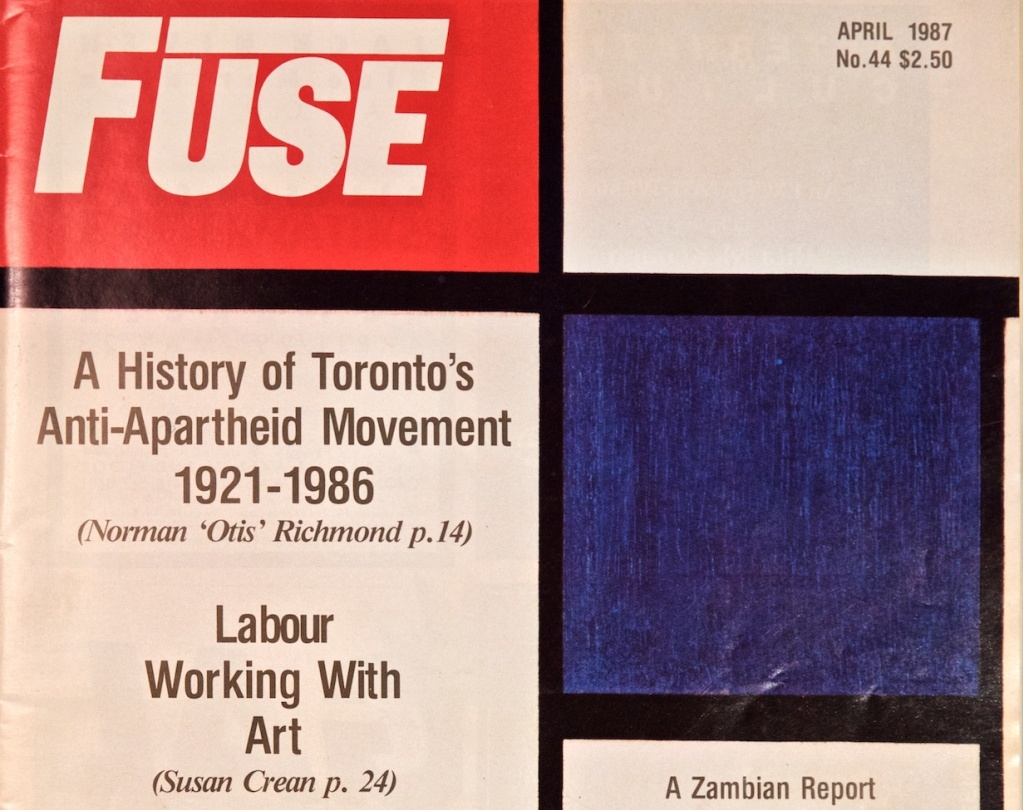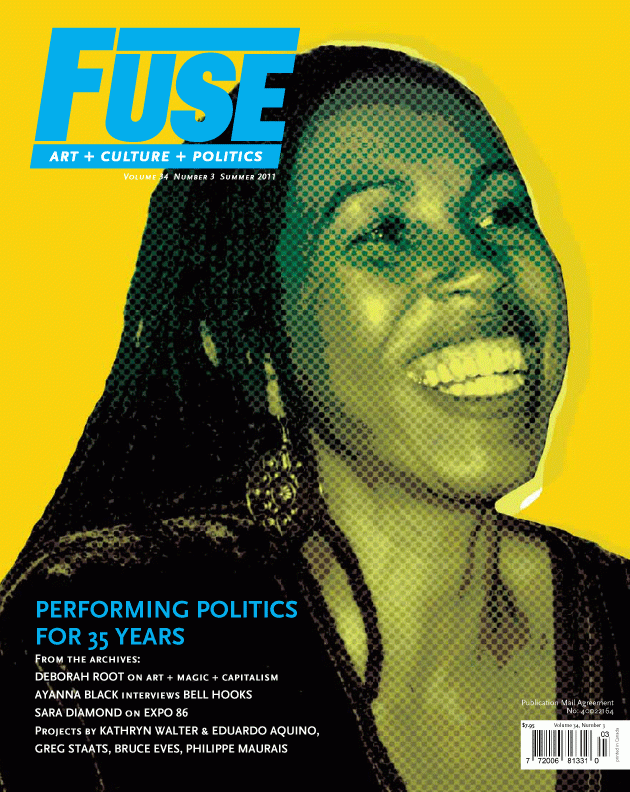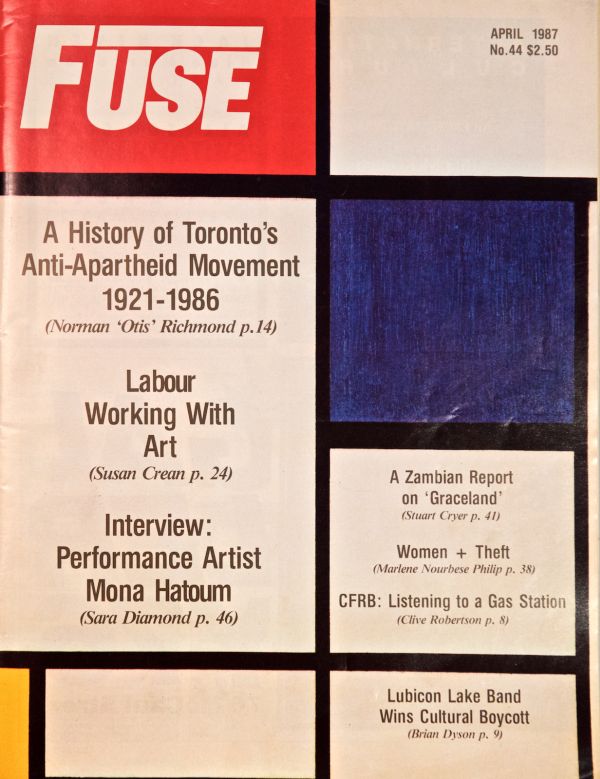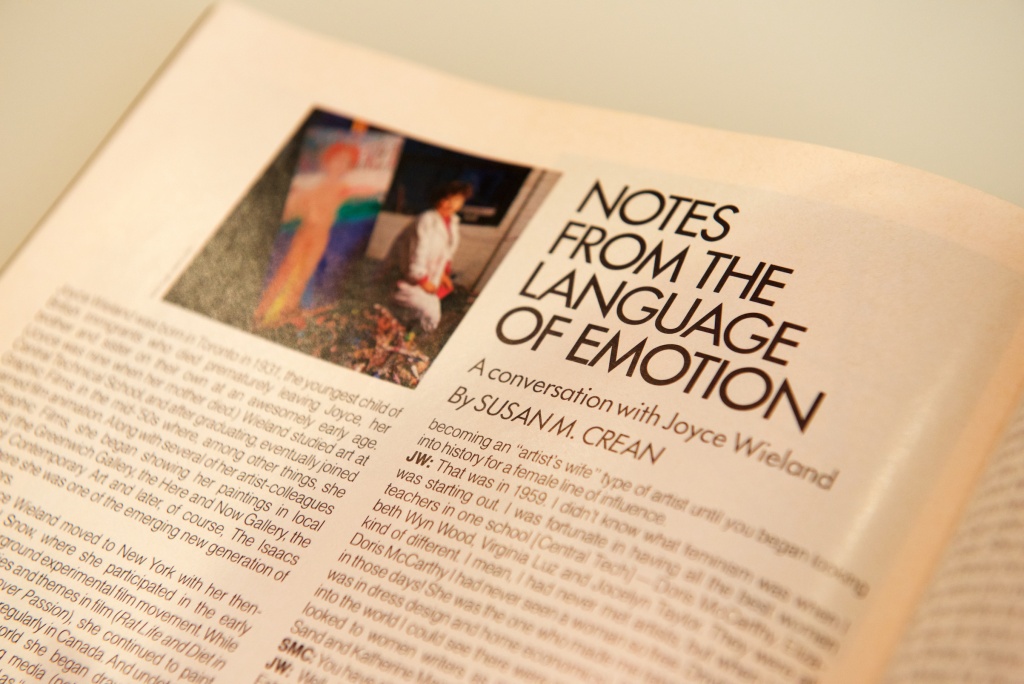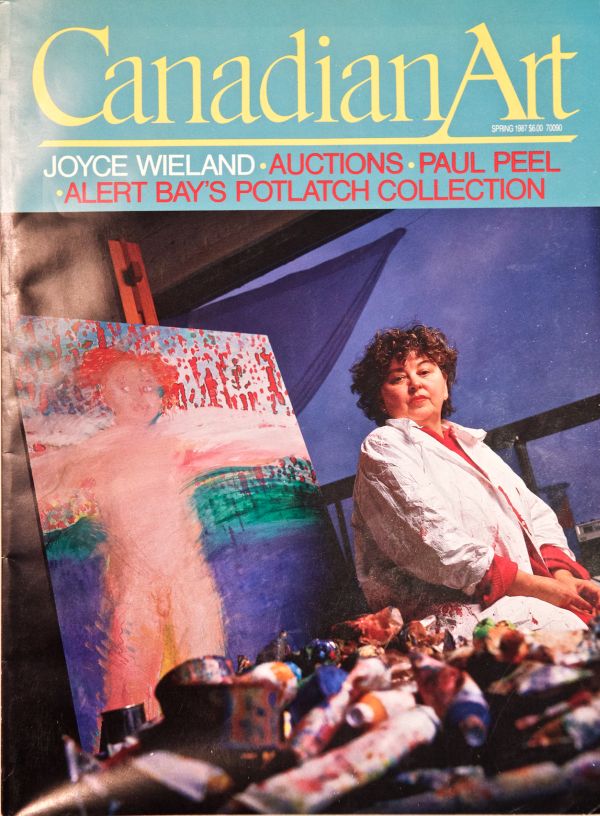In Toronto No Mean City, University of Toronto Press, Jun. 21, 2017
Eric Arthur fell in love with Toronto the first time he saw it. The year was 1923; he was twenty-five years old, newly arrived to teach architecture at the University of Toronto. For the next sixty years he dedicated himself to saving the great buildings of Toronto's past. Toronto, No Mean City sounded a clarion call in his crusade. First published in 1964, it sparked the preservation movement of the 1960s and 1970s and became its bible. This reprint of the third edition, prepared by Stephen Otto, updates Arthur's classic to include information and illustrations uncovered since the appearance of the first edition.
Four new essays were commissioned for this reprint. Christopher Hume, architecture critic and urban affairs columnist for the Toronto Star, addresses the changes to the city since the appearance of the third edition in 1986. Architect and heritage preservation activist Catherine Nasmith assesses the current status of the city's heritage preservation movement. Susan Crean, a freelance writer in Toronto, explores Toronto's vibrant arts scene. Mark Kingwell, professor and cultural commentator, reflects on the development of professional and amateur sports in and around town.
Readers will delight in these anecdotal accounts of the city's rich architectural heritage.
